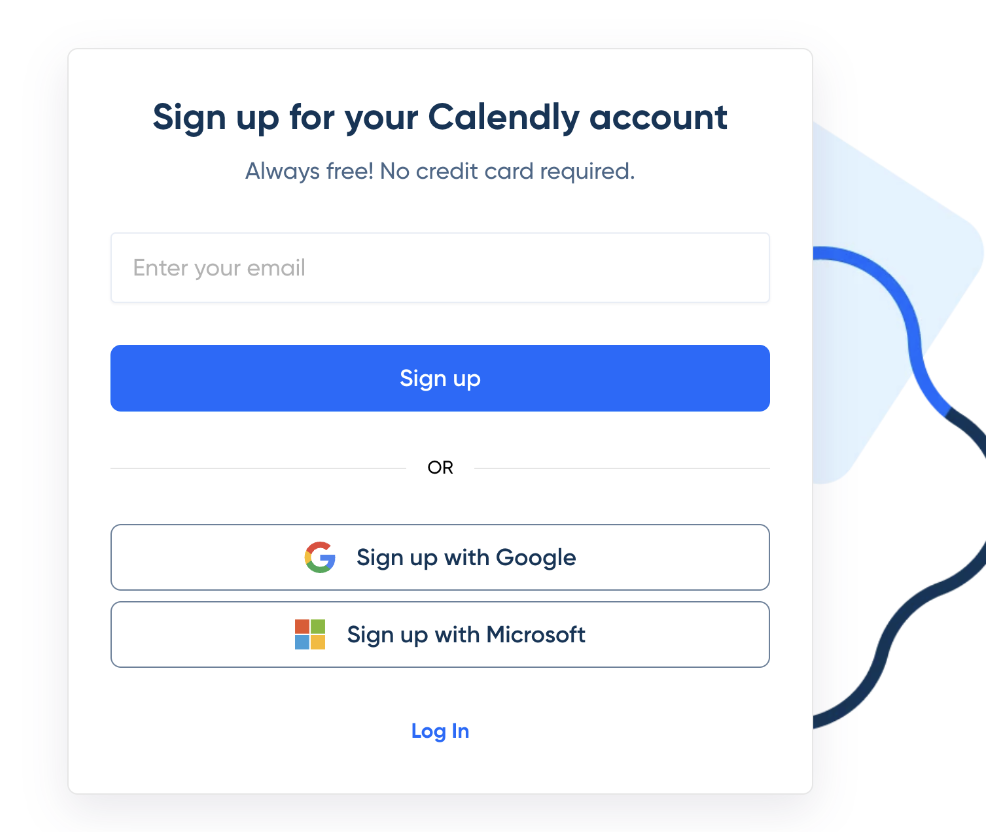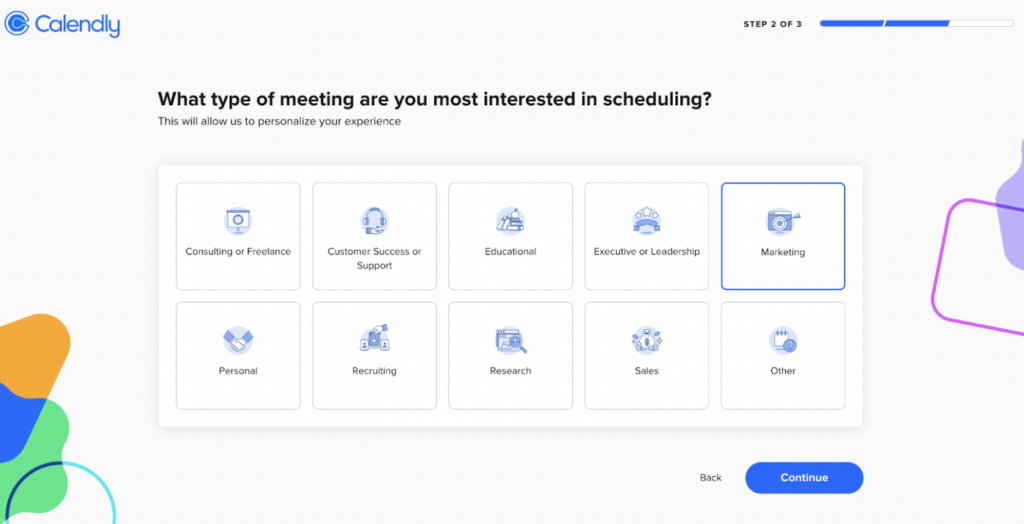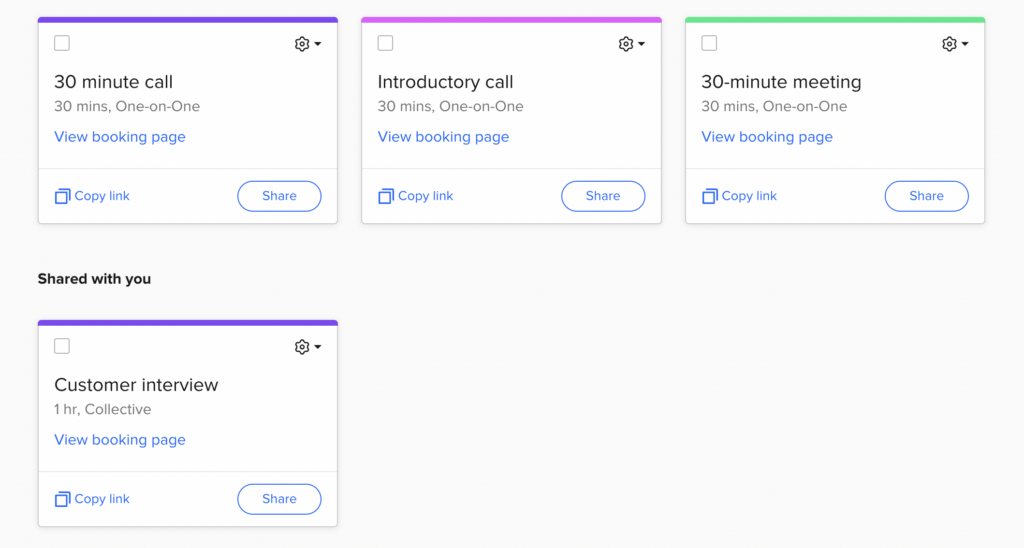User onboarding is like going on a blind date. It can either go really well and lead to a lasting relationship, or you never see each other again.
Understanding what user onboarding is — and what it isn’t, will help your team set the right processes up for success.
It’ll give your team a direction to focus on when prioritizing features that will positively affect the first impression of an app.
Are you looking for a smooth user onboarding tool?
Try Product Fruits with a free 14-day trial today!
What is user onboarding?
User onboarding refers to the process of users learning how to use features and navigate a new platform.
The process of user onboarding relies on features that help educate users. These could include tutorials, walkthroughs, product tours, or guides. Onboarding flows help users become more familiar with a product without having to do extensive research on their own.
The goal of user onboarding is for users to understand the value an app provides as quickly as possible, also known as the “aha” moment.
For example, imagine you download your bank’s mobile app. The user onboarding process will guide you through all the features that will help you with your day-to-day needs.
When done correctly, onboarding can improve customer engagement, reduce customer churn rate, increase customer retention, and increase customer satisfaction.
What makes user onboarding successful?
The most successful onboarding journeys are those that lead the user straight to the “aha” moment with the fewest steps.
This is important, as over 89% of users will consider switching platforms if onboarding is too complicated.
Successful user onboarding requires considering the following factors:
- User persona and their goals: Each user persona will have their own goals and problems to solve when using a platform. It’s important to create different user flows depending on the user’s objective.
- Needs, wants, and desires of the user persona: Understanding the user’s motivations, desired outcomes, and any potential limitations will help you design flows that cater to those demands.
- User interface design: The user interface should be intuitive and easy to navigate. This means prioritizing legibility, organization, and visual cues to guide users through the onboarding process.
- Stage of the user journey: The stage of a user’s journey, whether they are new or learning about new features, will affect their experience. For example, a new user might need more guidance, while a more experienced user may navigate more quickly.
- The complexity of the current platform: Depending on the complexity of the product, more onboarding support might be needed continuously in the form of resources or support teams.
- Complementary resources for the knowledge base: Users should be provided with complementary resources for the knowledge base to ensure that they understand the product.
- Use of media and actionable copy: Clear and concise instructions with actionable next steps guide the user through a platform. Video, text, and other media can also be added to aid visually.
Why is user onboarding important?
Over 82% of enterprise companies agree that user onboarding is a key driver of value. But why is user onboarding so impactful on a company’s bottom line?
On one side, user onboarding highlights the value of a platform for each user. It validates their time and learning effort. This helps users find the value of an app and remain engaged, leading to less churn.
On the other hand, it helps create a smooth and intuitive user experience that delights users, who are more likely to become loyal customers.
Apart from onboarding users to solve their problems, user onboarding also:
- Improves customer retention: User onboarding has a huge impact on customer impressions and loyalty. In fact, studies have shown that user onboarding has the biggest impact on customer retention results.
- Increase user conversion: Strategic onboarding with selected touchpoints can boost revenue by 7.4% in the first 18 months
- Boost user lifetime loyalty: Around 86% of users agree they’d stay more loyal when onboarding is helpful and educational.
Examples of effective user onboarding
The actual user onboarding procedure will vary from one platform to another and even from one user to the next.
The important things to consider are the goal, user, and features to introduce. As Daniel Musialek from Product Fruits shares, “Don’t ask your user to do a zillion things at once. Instead, focus on the one or two most important actions and optimize the onboarding journey towards them.“
Here is a well-thought-out user onboarding flow from Calendly, a scheduling software.
First, you can log in directly with your preferred email, which makes collecting details much faster.

(Image source: Calendly)
Then, the software asks users for their intended use of the platform. This allows the platform to tailor the onboarding experience to the user. For example, for marketing, they allow users to choose the most common marketing meetings to add to the schedule.

(Image source: Calendly)
This allows the user to pick the right meeting type without having to filter and search through options.

(Image source: Calendly)
Within a few clicks, you have a full meeting schedule that saves time and allows you to plan for the future. This is all thanks to a seamless and intuitive user onboarding process.
Look for a tool that enhances your onboarding process
User onboarding tools help you save time developing onboarding features and equip your platform with all the right tools, features, and strategies that help you optimize onboarding for your users.
Product Fruits works as an invisible layer atop your product or service. This means you can add, alter, edit, and customize onboarding flows for new or existing customers.
Include tooltips, tours, hints, help centers, surveys, and more to make your onboarding journey impactful and lead to higher conversion.
Try Product Fruits for free today. No card or commitment is required.







